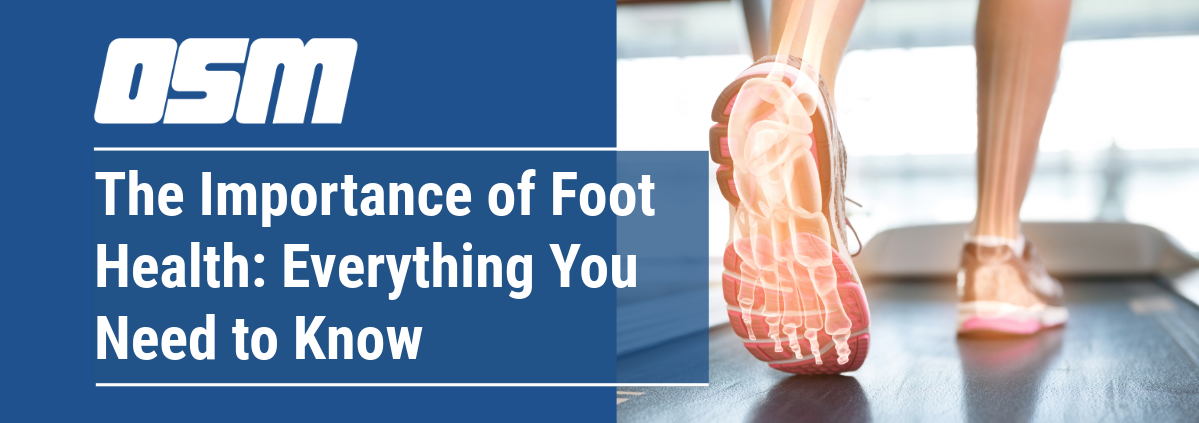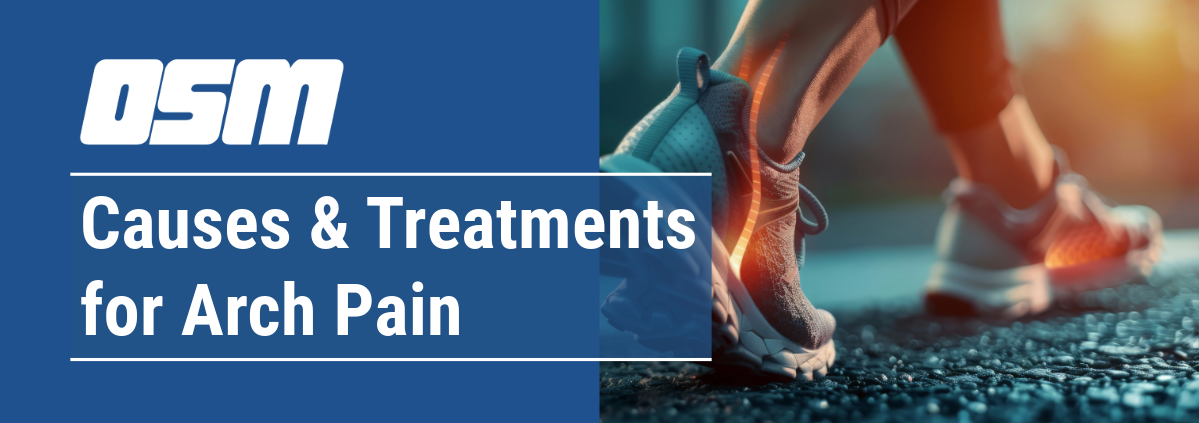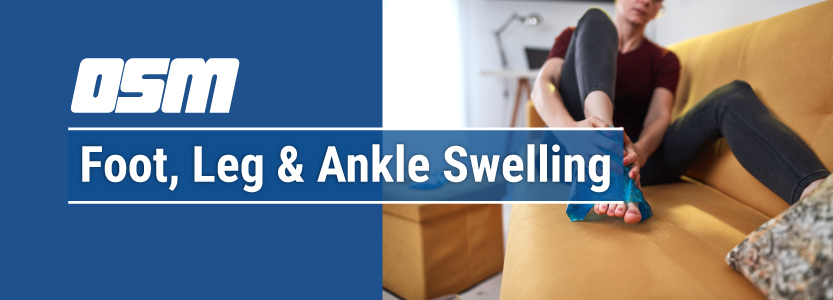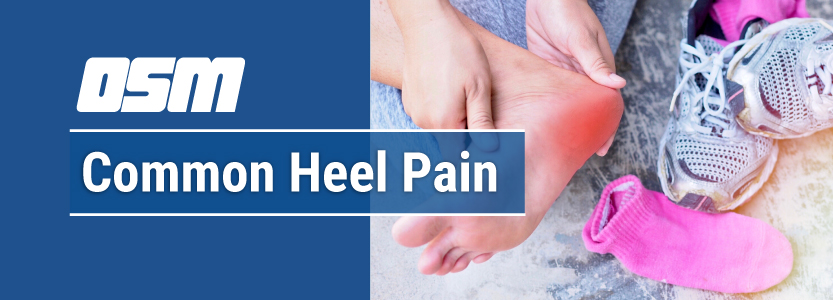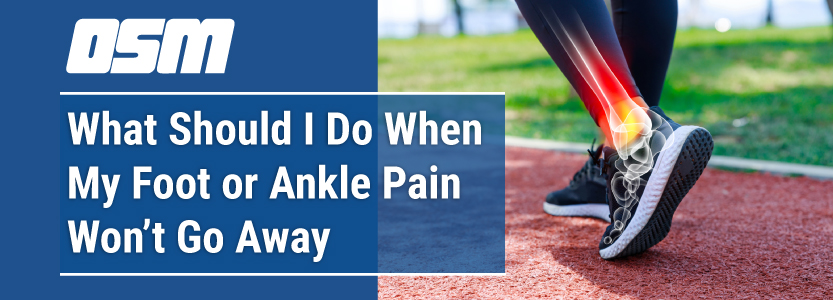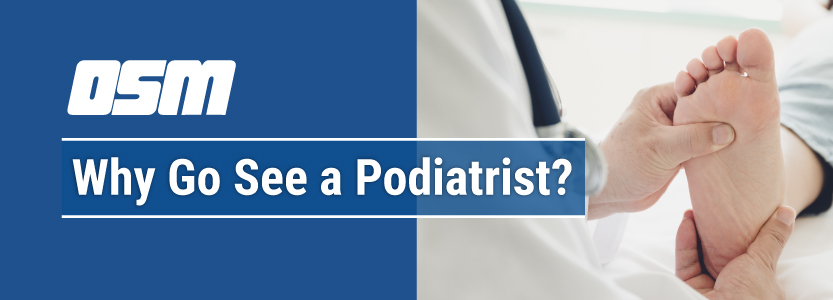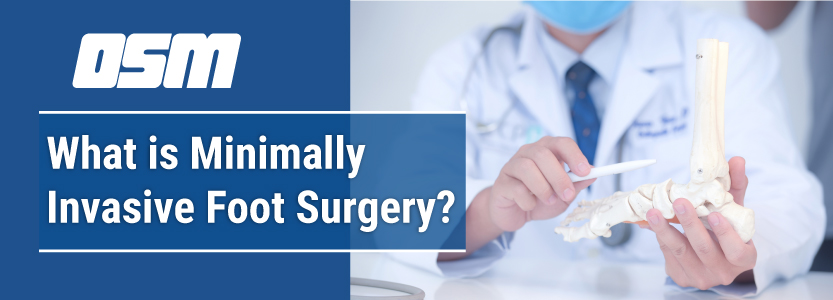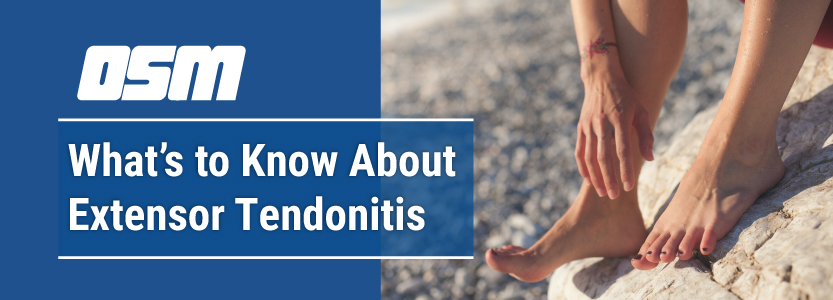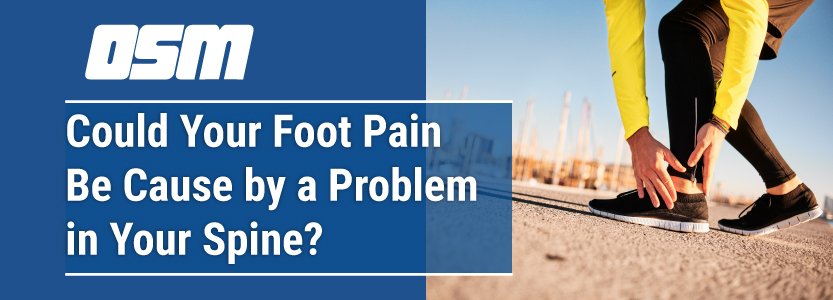The Importance of Foot Health: Everything You Need to Know
Article featured on Santiam Hospital & Clinics
Have you ever stopped to think about just how vital our feet are? They’re our primary mode of transportation and are essential in facilitating our mobility. However, we often overlook their health, even when we experience pain.
Our feet are important and we need to take better care of them. In this blog, we’ll talk about the importance of foot health and how to maintain healthy feet.
Why Foot Health Matters
Our feet are composed of 26 bones, 33 joints, and over 100 muscles, tendons, and ligaments. When these parts work together in unison, we can stand, walk, run, and jump without any problems. However, when some of these parts are out of sync, it can cause a variety of foot problems.
Ignoring foot pain can cause the problem to worsen, leading to more severe discomfort and pain. Worse yet, untreated foot problems can lead to long-term joint or muscle damage, making it harder to walk and move.
That’s why it’s essential to take good care of our feet because they play a significant role in our overall well-being.
How to Maintain Healthy Feet
There are many things you can do to maintain your feet’s health. Here are some tips:
Choose the Right Shoes – Wearing the right shoes that fit correctly and offer support is essential in preventing foot problems. When shopping for shoes, look for those that provide adequate arch support, a firm heel counter, and room for your toes to move. Avoid shoes with pointed toes and high heels.
Keep Your Feet Clean and Dry – Wash your feet daily with lukewarm water and mild soap, making sure to dry them thoroughly, especially between the toes, to prevent fungal infections.
Trim Your Toenails Regularly – Trim your toenails straight across and avoid cutting them too short, as this can lead to ingrown toenails. File your nails gently afterward to smooth any rough edges.
Maintain a Healthy Weight – Being overweight can put additional pressure on your feet, leading to foot pain and discomfort. Exercise regularly, eat a healthy diet, and maintain a healthy weight to avoid these problems.
Visit a Podiatrist for Regular Check-ups – Podiatrists are foot and ankle specialists trained to treat a wide range of foot conditions. They can assist you in maintaining healthy feet and address any problems that arise.
The Orthopedic & Sports Medicine Center of Oregon is an award-winning, board-certified orthopedic group located in downtown Portland Oregon. We utilize both surgical and nonsurgical means to treat musculoskeletal trauma, spine diseases, foot and ankle conditions, sports injuries, degenerative diseases, infections, tumors and congenital disorders.
Our mission is to return our patients back to pain-free mobility and full strength as quickly and painlessly as possible using both surgical and non-surgical orthopedic procedures.
Our expert physicians provide leading-edge, comprehensive care in the diagnosis and treatment of orthopedic conditions, including total joint replacement and sports medicine. We apply the latest state-of-the-art techniques in order to return our patients to their active lifestyle.
If you’re looking for compassionate, expert orthopedic and podiatric surgeons in Portland Oregon, contact OSM today.
Phone:
Address
17355 Lower Boones Ferry Rd Suite 100A
Lake Oswego, OR 97035
Hours
Monday–Friday
8:00am – 4:30pm

